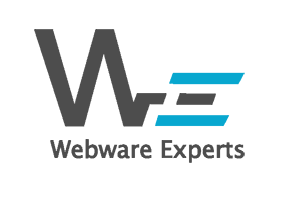+49 89 44 388 99 50
contact@smart-applications.com
Also use our contact form.
Cloud computing is the provision of computing resources (e.g. servers, storage space, databases, network components, ready-made application software, analysis and intelligent functions) via Internet, i.e. the cloud, in order to offer faster innovation, flexible resources and economies of scale. The user can access the respective cloud directly via Internet browser and, after logging in, use data from various devices immediately. As a rule, he only pays for the cloud services he actually uses. In this way, operating costs can be reduced, the infrastructure can be run more efficiently and scaling can be carried out according to demand.
The Public Cloud
This public computer cloud is used by the general public or various customers. For example, a software is used by several companies or customers that are active in the same industry. Their email services or services like Google Docs are well-known examples of the public cloud.
The Community Cloud
This cloud allows the use of IT infrastructures as in the public cloud, but for a small circle. It is therefore used by groups that pursue the same interests, for example in joint projects. However, the data is not publicly available, it is restricted to the small circle of users.
The Private Cloud
The private cloud is mostly used for privacy reasons. Here, companies operate their IT services independently, which they only make available to their own employees in a secure environment.
The Hybrid Cloud
With the Hybrid Cloud, the public and private clouds are used as required. In this hybrid form, some services run via the public cloud, while data protection-critical applications are processed directly in the company.
Our smart applications
